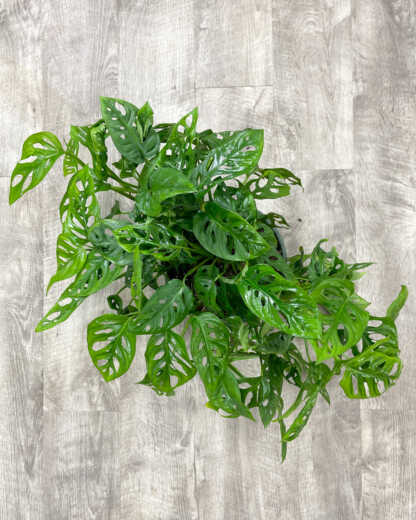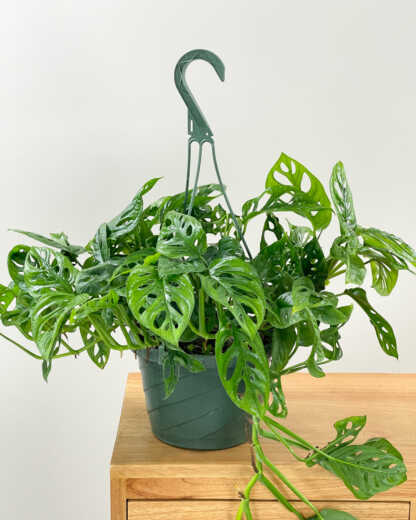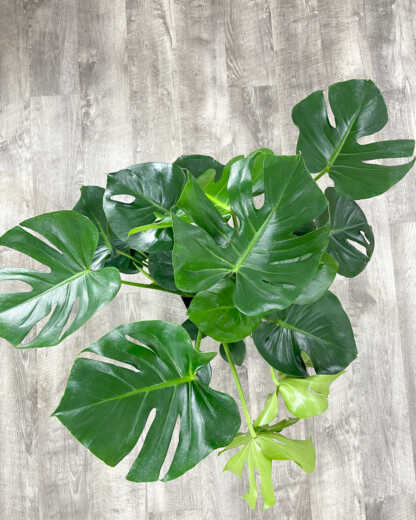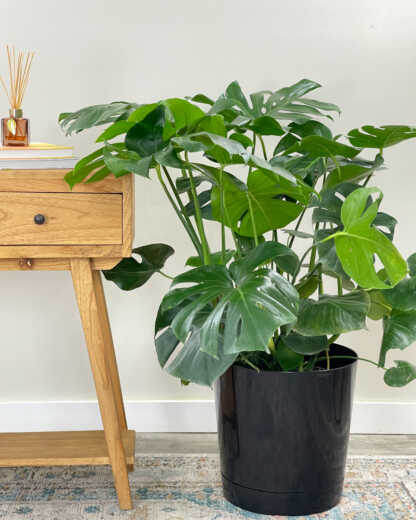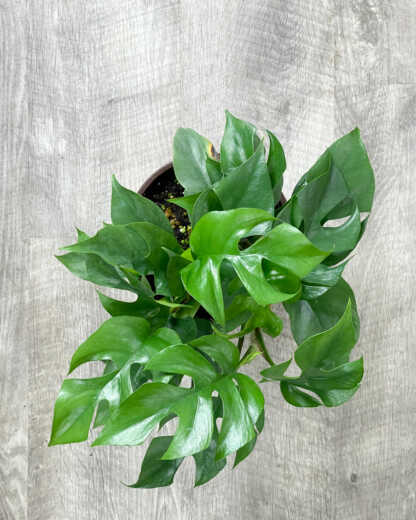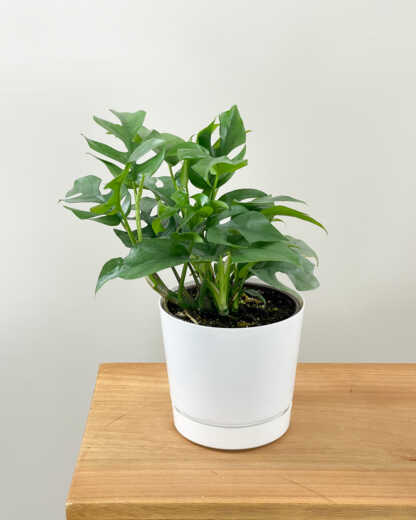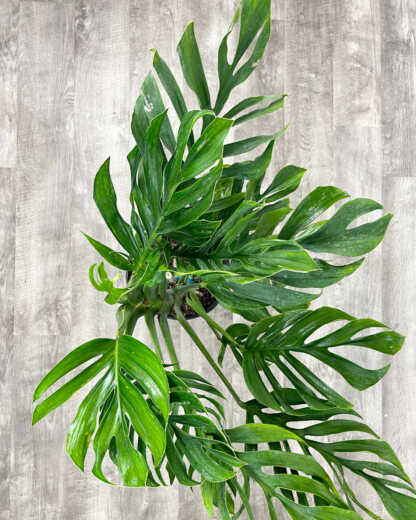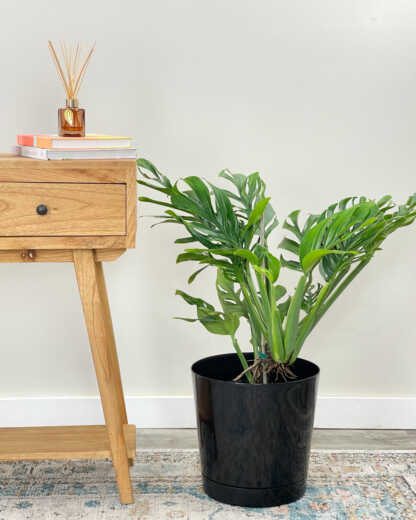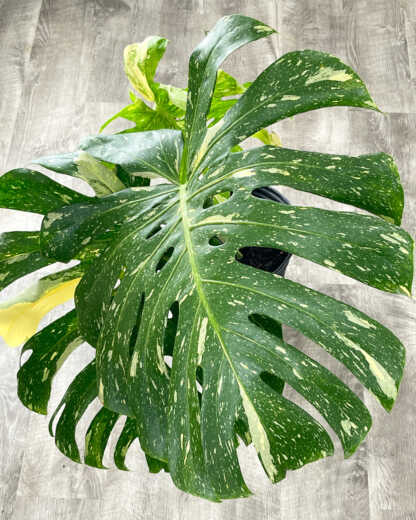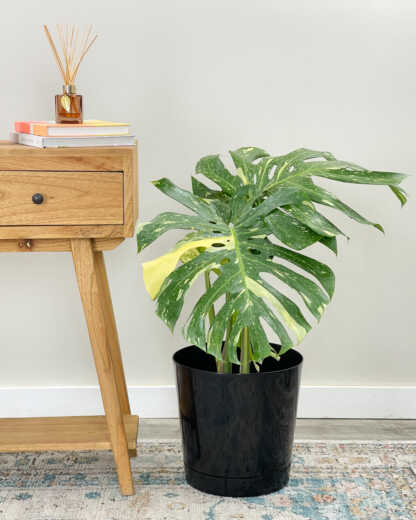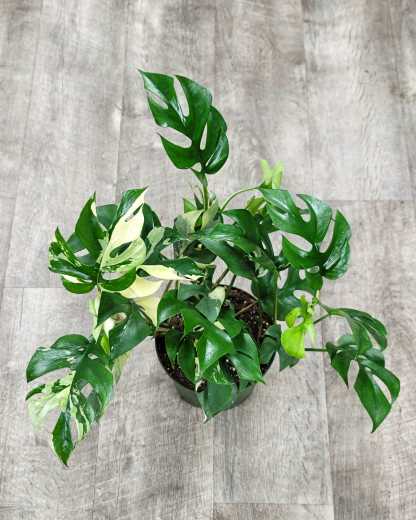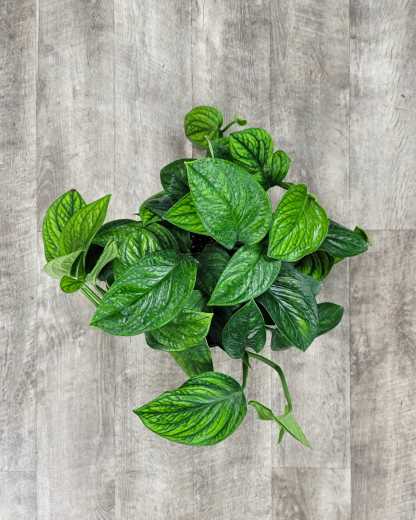Monstera Varieties
Monsteras at a Glance
There are over 40 species of monstera all native to Central America. Monsteras’ unique leaves are adorned with hole formations that give it their signature look. and have earned it the nickname of “Swiss Cheese Plant.” The most common varieties include the Monstera deliciosa and the Monstera adansonii. They are easygoing houseplants that do really well indoors, which has made Monsteras very popular among beginner plant parents.
Monstera Requirements
Sunlight: Bright, indirect light. Avoid direct sunlight, as this could cause burning of the leaves.
Water: Once every 1-2 weeks. Allow soil to dry in between waterings.
Soil: Moist, well-draining soil.
Humidity: Best in humid conditions, but can do well in moderate humidity. Misting it regularly is recommended.
Toxicity: Toxic to pets.
Propagation: Best by cuttings.
Monstera Care Information
Monsteras are generally low maintenance and easy to care for. They usually remain pest free and require basic watering, sunlight, and humidity conditions to thrive.

